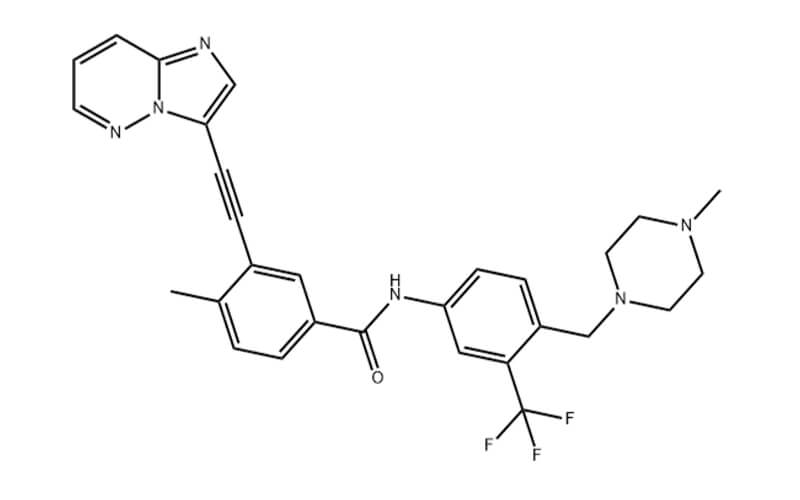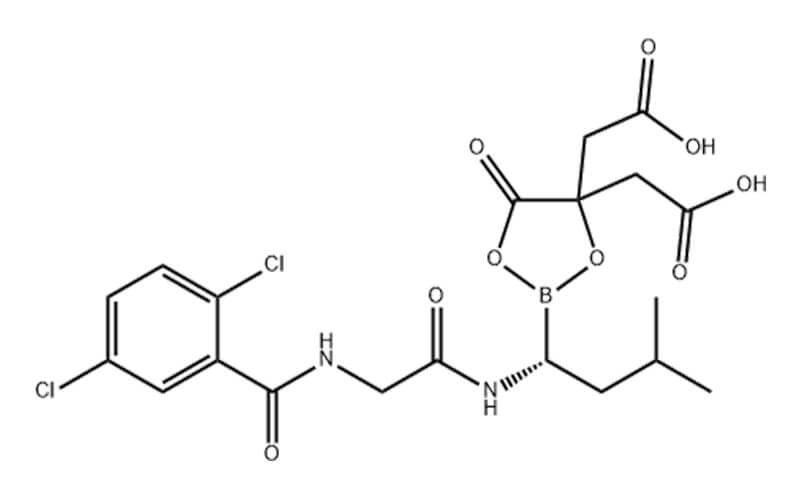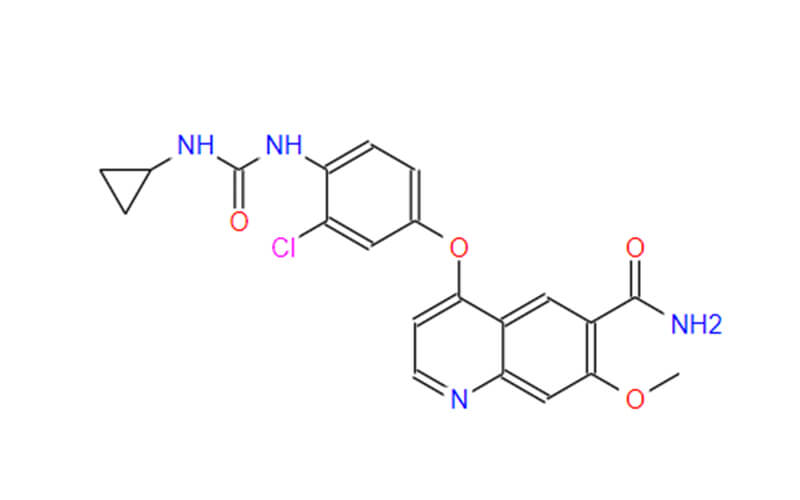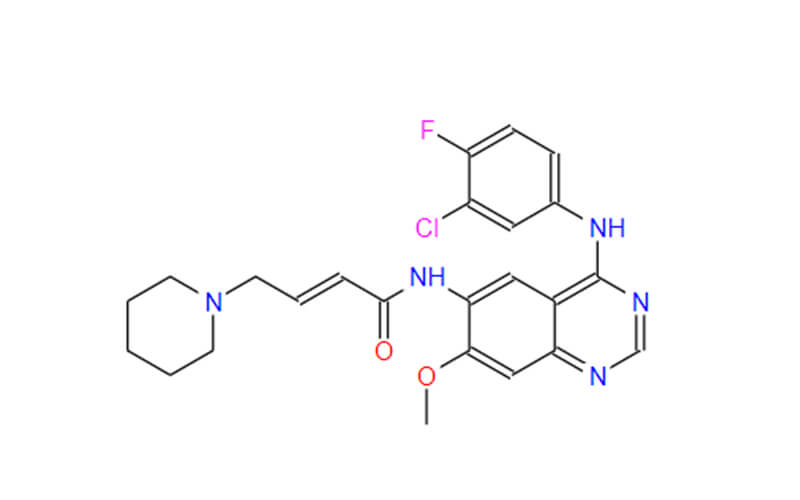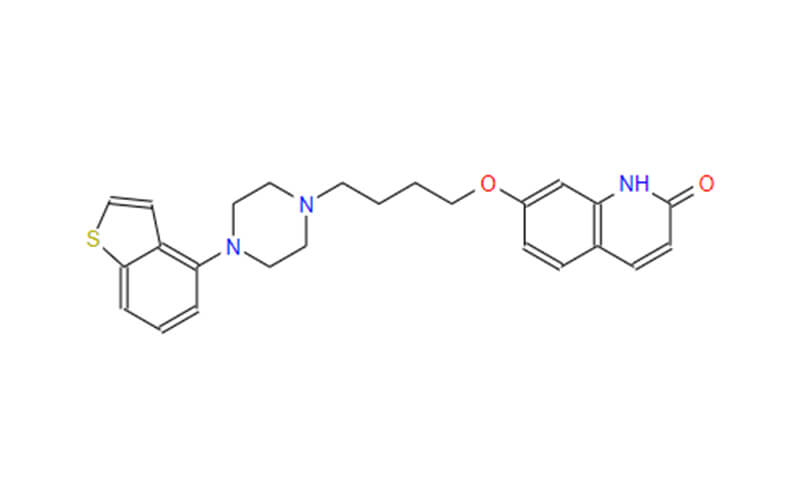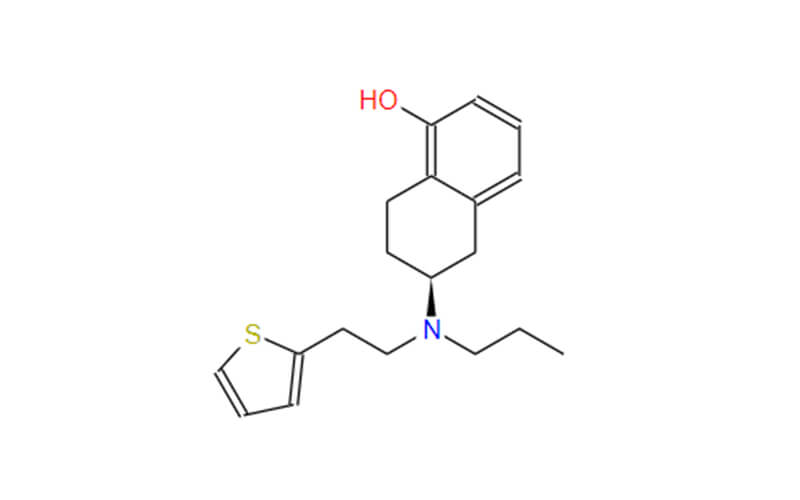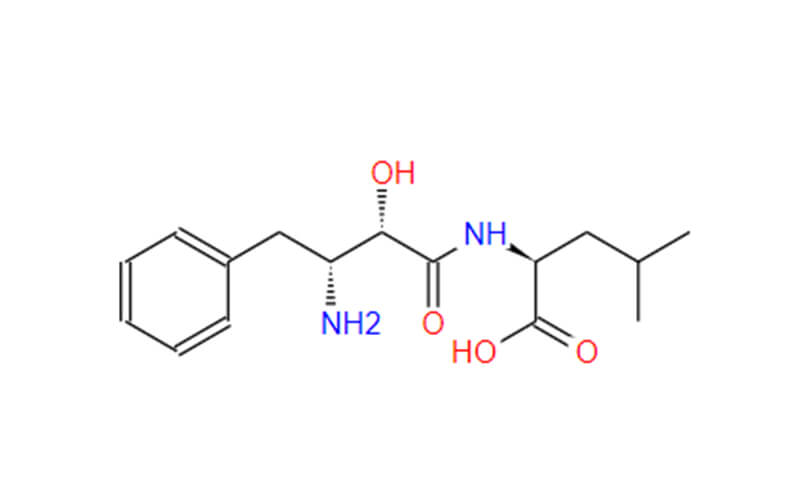Dabigatran Etexilate: A Comprehensive Overview from Form to Function
Dabigatran etexilate is a blood thinner medication that helps prevent blood clots and stroke in certain cases. It works by interfering with how blood clots form, which can block blood vessels and cause health problems. This article will explain everything you need to know about dabigatran etexilate, including its different forms, how it’s made, and how it works.

What are the Forms of Dabigatran Etexilate?
1. Dabigatran Etexilate (The Core Molecule)
Dabigatran etexilate, the generic term, is a specific chemical compound with a unique molecular structure defined by the formula C21H21N5O7. This inactive form, called a prodrug, cannot directly exert its anticoagulant effect. However, once inside the body, it undergoes a conversion process, transforming into its active metabolite, dabigatran. This active form directly inhibits thrombin, a vital enzyme that plays a crucial role in blood clot formation. By blocking thrombin activity, dabigatran effectively helps prevent the formation of harmful blood clots.
2. Dabigatran Etexilate Mesylate (The Commercially Available Form)
Dabigatran etexilate mesylate is a specific salt form of the original dabigatran etexilate molecule. This salt form is created by combining the parent molecule with a molecule of methanesulfonic acid (also known as mesylate). The primary advantage of this salt form lies in its improved solubility and bioavailability. In simpler terms, the salt form allows the drug to dissolve more readily in water, enabling easier absorption into the bloodstream from the digestive tract. This enhanced absorption translates to a more predictable and consistent effect of the medication. Dabigatran etexilate mesylate is the most widely encountered form commercially available, marketed under the brand name Pradaxa®. Pradaxa® is typically available in capsule form, with various dosage strengths to cater to individual patient needs based on their specific medical condition and other factors.
3. Dabigatran Pellets (Formulation for Drug Delivery)
Dabigatran pellets are a specific formulation technique employed in the development and manufacturing of Pradaxa®. These pellets are tiny, spherical particles containing the active ingredient, dabigatran etexilate mesylate. Often, these pellets are coated with a special layer designed to control the release of the medication within the body. This controlled-release mechanism allows for sustained and gradual delivery of the drug over time, potentially leading to several benefits. One potential benefit is improved drug delivery, ensuring a consistent level of the medication in the bloodstream for a longer duration. Another potential benefit is enhanced patient compliance, as individuals might need to take the medication less frequently compared to a formulation without controlled release.

Clinical Applications of Dabigatran Etexilate: Preventing and Treating Blood Clots
Dabigatran etexilate plays a crucial role in two primary clinical applications, focusing on the prevention and treatment of blood clots:
1. Preventing Stroke and Blood Clots in Atrial Fibrillation
- Atrial fibrillation (AFib): This condition is characterized by irregular heart rhythm, specifically in the upper chambers (atria) of the heart. Due to this irregularity, blood flow within the atria can become stagnant, increasing the risk of blood clot formation.
- Clot Formation and Stroke Risk: These clots, if dislodged, can travel through the bloodstream and reach the brain, potentially causing a stroke. Strokes are serious medical events that can lead to permanent brain damage and disability.
- Prevention Strategy: By effectively preventing the activity of thrombin, an enzyme crucial for blood clot formation, dabigatran etexilate helps reduce the risk of clot development in individuals with AFib. This, in turn, contributes to a decreased risk of stroke in these patients.
2. Preventing and Treating Blood Clots in Legs (Deep Vein Thrombosis) and Lungs (Pulmonary Embolism)
- Deep Vein Thrombosis (DVT): This condition involves the formation of blood clots within the deep veins, typically in the legs. These clots can cause pain, swelling, and even lead to more serious complications if they break off and travel to the lungs.
- Pulmonary Embolism (PE): If a DVT clot breaks off and travels through the bloodstream, it can lodge in the arteries of the lungs, causing a pulmonary embolism. This can be a life-threatening condition, causing difficulty breathing, chest pain, and potentially leading to death.
- Dabigatran’s Application: Dabigatran etexilate can be used in two ways to address these conditions:
- Prevention: In certain situations, such as after specific surgeries like hip or knee replacement, where individuals have an increased risk of developing DVT, dabigatran can be used as a preventive measure to help prevent clot formation from the outset.
- Treatment: For established DVT or PE, dabigatran can be used as a treatment option to help dissolve existing blood clots and prevent further clot formation, potentially reducing the risk of complications and improving patient outcomes.
Important Considerations for Using Dabigatran Etexilate
Dabigatran etexilate, while offering valuable benefits, requires careful consideration for safe and effective use. Here are key points to remember:
1. Individualized Dosing
Dabigatran etexilate comes in various capsule strengths, ranging from 75mg to 150mg. The appropriate dosage for each individual is not predetermined and must be carefully determined by a healthcare professional.
Factors influencing the chosen dose include the specific medical condition being treated or prevented, the patient’s weight, and most importantly, their kidney function. Since the kidneys play a crucial role in eliminating dabigatran from the body, individuals with impaired kidney function may require adjustments in dosage to avoid excessive accumulation and potential bleeding risks.
It is crucial to strictly adhere to the prescribed dosage and dosing schedule, taking the medication exactly as instructed by the healthcare provider. Deviation from the prescribed regimen can compromise the intended therapeutic effect and potentially increase the risk of side effects.
2. Contraindications and Precautions
Dabigatran etexilate is not suitable for everyone and has specific contraindications, meaning certain situations where its use is not recommended. These situations include:
- Active bleeding: Individuals experiencing active bleeding, such as from a recent injury or surgery, should not use dabigatran as it can further increase the bleeding risk.
- Severe kidney dysfunction: As mentioned earlier, impaired kidney function necessitates dose adjustments, and in severe cases, dabigatran might not be a safe option altogether.
- Uncontrolled bleeding disorders: Individuals with pre-existing conditions like hemophilia or other uncontrolled bleeding disorders are not suitable candidates for dabigatran due to the increased bleeding risk.
It is essential to disclose all existing medical conditions and medications currently being taken to the healthcare provider before starting dabigatran therapy. This information allows for a comprehensive assessment of potential interactions and ensures the medication is safe for individual use.

3. Monitoring and Potential Side Effects
Regular monitoring by a healthcare professional is crucial while taking dabigatran etexilate. This typically involves periodic blood tests to assess kidney function and monitor for potential bleeding risks.
Dabigatran etexilate, like any medication, can cause side effects. Some common potential side effects include:
- Bleeding: This is the most concerning side effect, and any unusual bleeding, even minor, should be promptly reported to the healthcare provider.
- Nausea and indigestion: These gastrointestinal side effects can occur, and the healthcare provider can recommend strategies to manage them.
- Dizziness: Dizziness and lightheadedness are also potential side effects, and it is important to be cautious and avoid situations that could increase the risk of falls.
If any unexpected or concerning symptoms arise while taking dabigatran etexilate, it is essential to report them to the healthcare provider promptly.
4. Availability of a Reversal Agent
Unlike some other blood thinners, dabigatran etexilate has a specific reversal agent available in emergency situations. This medication, called Praxbind®, can be used to rapidly counteract the anticoagulant effect of dabigatran in case of severe bleeding or situations requiring emergency surgery.
While the availability of a reversal agent offers an additional layer of safety, it is crucial to emphasize the importance of proper use, strict adherence to prescribed dosages, and regular monitoring to minimize the need for such interventions in the first place.
Qingmu Pharmaceutical: A Potential Dabigatran Etexilate Manufacturer
Dabigatran etexilate, a medication used to prevent and treat blood clots, is currently manufactured by Boehringer Ingelheim, a multinational pharmaceutical company. While Boehringer Ingelheim remains the primary source, interest in exploring alternative manufacturers like Qingmu Pharmaceutical is understandable. Here are some potential advantages and considerations regarding Qingmu as a dabigatran etexilate manufacturer.
1. Potential Advantages of Qingmu Pharmaceutical
- Cost-effectiveness: As a Chinese pharmaceutical company, Qingmu might potentially offer dabigatran etexilate at a lower cost compared to the established manufacturer. This could be particularly relevant in regions with limited healthcare resources or for individuals facing financial constraints.
- Increased competition: The entry of a new manufacturer like Qingmu could introduce competition into the market, potentially leading to price reductions and improved access to the medication for a wider range of patients.
- Diversification of supply: Having multiple manufacturers for dabigatran etexilate could potentially mitigate potential risks associated with relying on a single source. In the event of supply chain disruptions or unforeseen circumstances affecting Boehringer Ingelheim’s production, Qingmu could potentially act as a backup supplier.
2. Important Considerations
- Regulatory approval: Before Qingmu can enter the market as a dabigatran etexilate manufacturer, it would need to obtain the necessary regulatory approvals from relevant authorities in each target market. This process typically involves rigorous evaluation of the manufacturing process, product quality, and safety data to ensure adherence to established standards.
- Quality and safety: The primary concern when considering a new manufacturer lies in ensuring the quality, safety, and efficacy of the produced medication. Qingmu would need to demonstrate its ability to meet the same high standards currently maintained by Boehringer Ingelheim in terms of manufacturing practices, quality control measures, and product consistency.
- Experience and track record: While cost and competition are important factors, a manufacturer’s experience and track record in producing complex medications like dabigatran etexilate hold significant weight. Established manufacturers like Boehringer Ingelheim have years of experience and expertise in this domain, which translates to a proven track record of quality and safety.

Conclusion
Dabigatran etexilate occupies a vital role in modern medicine, offering a valuable tool for preventing and treating blood clots. While currently dominated by Boehringer Ingelheim and their brand Pradaxa®, the future might see the introduction of generic alternatives, potentially impacting costs, competition, and accessibility. However, navigating this complex landscape requires careful consideration. Healthcare professionals must possess a comprehensive understanding of dabigatran etexilate’s various aspects, including its mechanism of action, potential advantages and disadvantages, and appropriate monitoring strategies. Ultimately, ensuring patient safety and adhering to established guidelines remain paramount throughout the treatment process, regardless of the form or manufacturer of this crucial medication.

